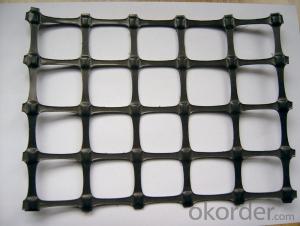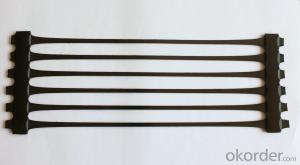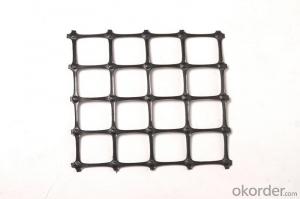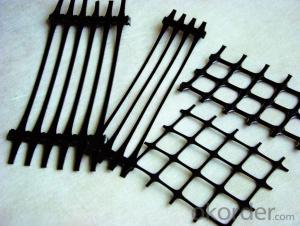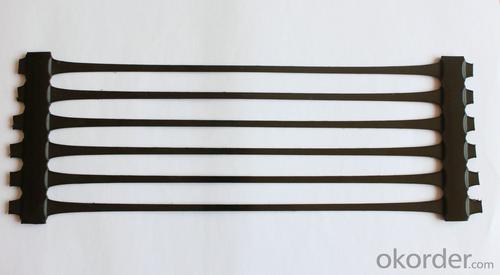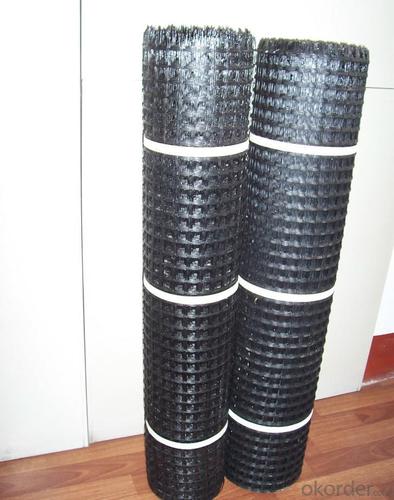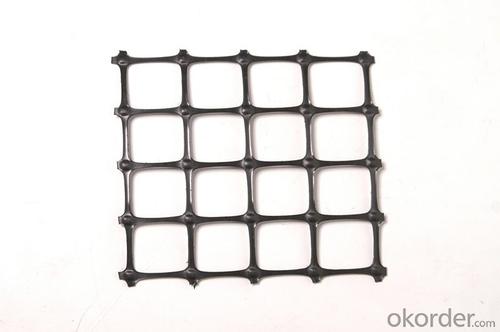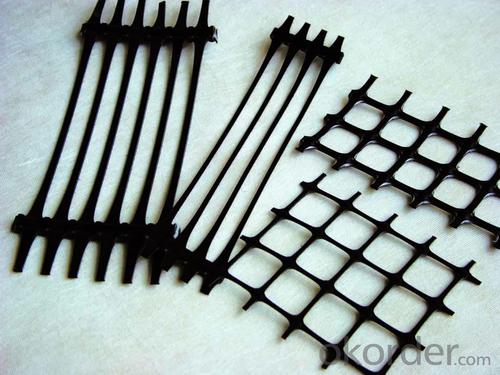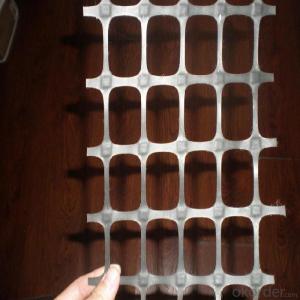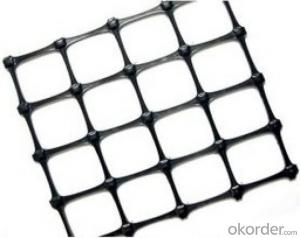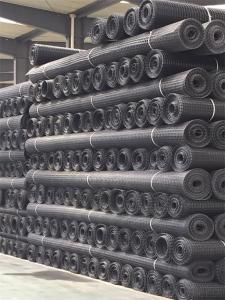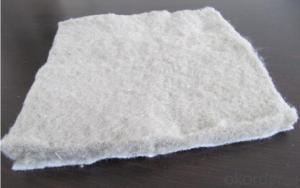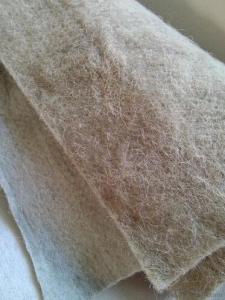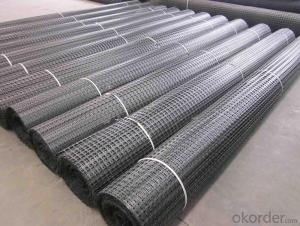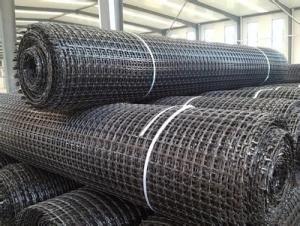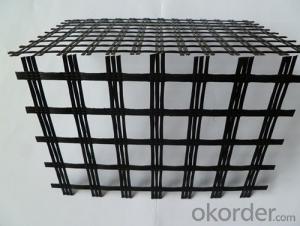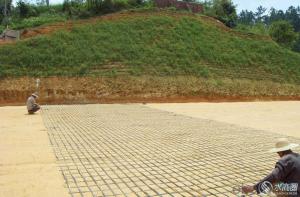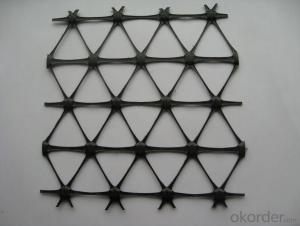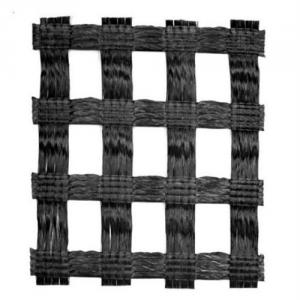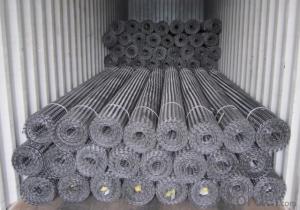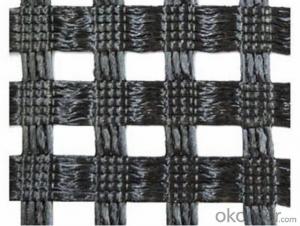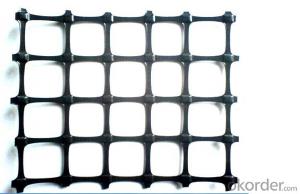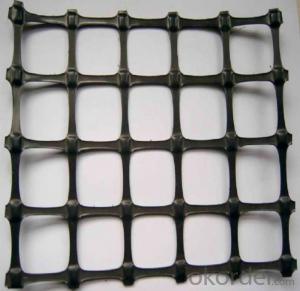Hanes Geogrids Fiberglass for Soil Reinforcement
- Loading Port:
- Qingdao
- Payment Terms:
- TT OR LC
- Min Order Qty:
- 50000 m²
- Supply Capability:
- 2000000 m²/month
OKorder Service Pledge
OKorder Financial Service
You Might Also Like
Fiberglass Geogrid Used for Soil Reinforcement
Description Of Fiberglass Geogrid Used for Soil Reinforcement:
Fiberglass geogrid is based on fiberglass woven cloth coated with modified bitumen or PVC, it was developed to address the problem of pavement cracking on highways, roads and runways, driven by a need to reduce cost for infrastructure maintenance and repair.
It is characterized by high tensile strength in axial and lateral directions, low stretch rate, alkali-resistance, low temperature- resistance, as well as convenience in construction and low price. It can be used on pitch pavement to prevent cracks and prolong pavement service life. It also can be used as a basal reinforcement material for hillsides, reservoirs, harbors, ports, water channels, seawalls, etc.
Main Features of Fiberglass Geogrid Used for Soil Reinforcement:
1.High tensile strength, low elongation.
2.No long-term creep: the product can keep for a long time performance.
3.Thermal stability: fiber glass melting temperature above 1000 ℃.
4.The compatibility with asphalt.
5.Physical and chemical stability.
Specifications of Fiberglass Geogrid Used for Soil Reinforcement:
Tensile Strength (KN) | Warp | >30 | >50 | >60 | >80 | >100 | >120 | >150 | >200 |
Weft | >30 | >50 | >60 | >80 | >100 | >120 | >150 | >120 | |
Elongation(%) | <4< p=""> | <4< p=""> | <4< p=""> | <4< p=""> | <4< p=""> | <4< p=""> | <4< p=""> | <4< p=""> | |
Mesh Size(mm) | 25.4*25.4 | 25.4*25.4 | 25.4*25.4 | 25.4*25.4 | 25.4*25.4 | 25.4*25.4 | 25.4*25.4 | 25.4*25.4 | |
Elastic Modulus | 76 | 76 | 76 | 76 | 76 | 76 | 76 | 76 | |
Width(m) | 1~6 | 1~6 | 1~6 | 1~6 | 1~6 | 1~6 | 1~6 | 1~6 | |
Length(m) | 50~300 | 50~300 | 50~300 | 50~300 | 50~300 | 50~300 | 50~300 | 50~300 | |
Temperature Resistant(℃) | -100~280 | -100~280 | -100~280 | -100~280 | -100~280 | -100~280 | -100~280 | -100~280 | |
Resin Content (%) | 18~20 | 18~20 | 18~20 | 18~20 | 18~20 | 18~20 | 18~20 | 18~20 | |
Glue Type | Bitumen PVC SBR soakage | Bitumen PVC SBR soakage | Bitumen PVC SBR soakage | Bitumen PVC SBR soakage | Bitumen PVC SBR soakage | Bitumen PVC SBR soakage | Bitumen PVC SBR soakage | Bitumen PVC SBR soakage | |
Applications of Fiberglass Geogrid Used for Soil Reinforcement:
Strengthen bitumen concrete roadway and reduce and prevent various kinds of reflection gaps on roadway.
1.Suitable for highway, railway, airport road of subgrade enhancement.
2.Suitable for the large parking lot and port freight yard that the foundations of the permanent load increased.
3.Suitable for railway, highway slope protection.
4.Suitable for culverts.
5.Suitable for the uniaxial tensile geogrid reinforced soil secondary enhancement, after further enhance soil, prevent soil erosion.
6.Mining, tunnel reinforcement.
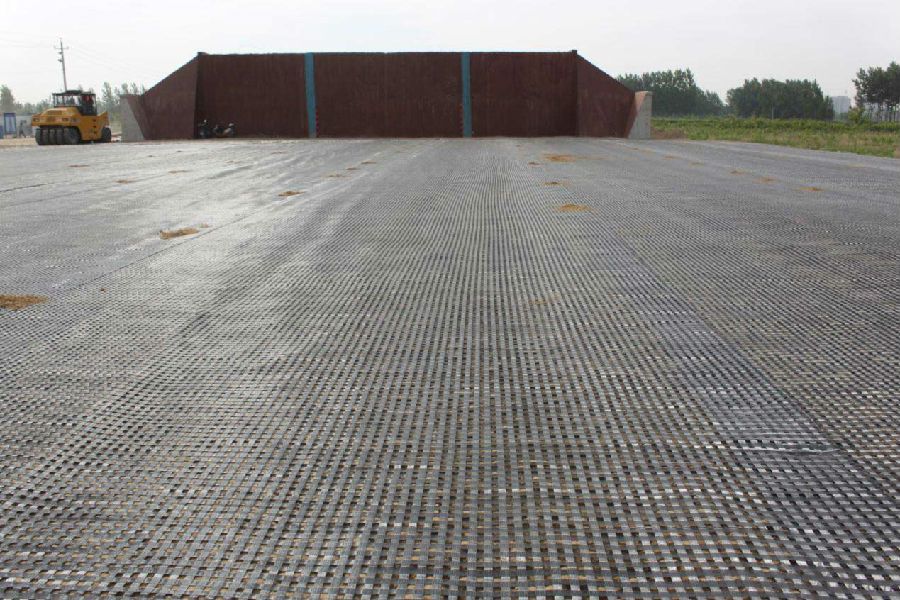
IMages of Fiberglass Geogrid Used for Soil Reinforcement:



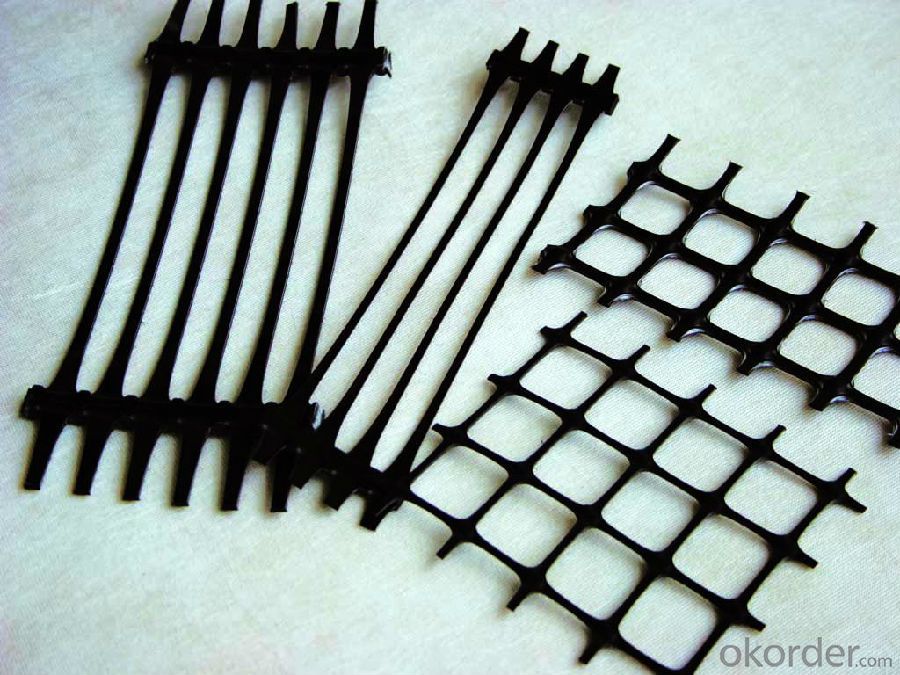

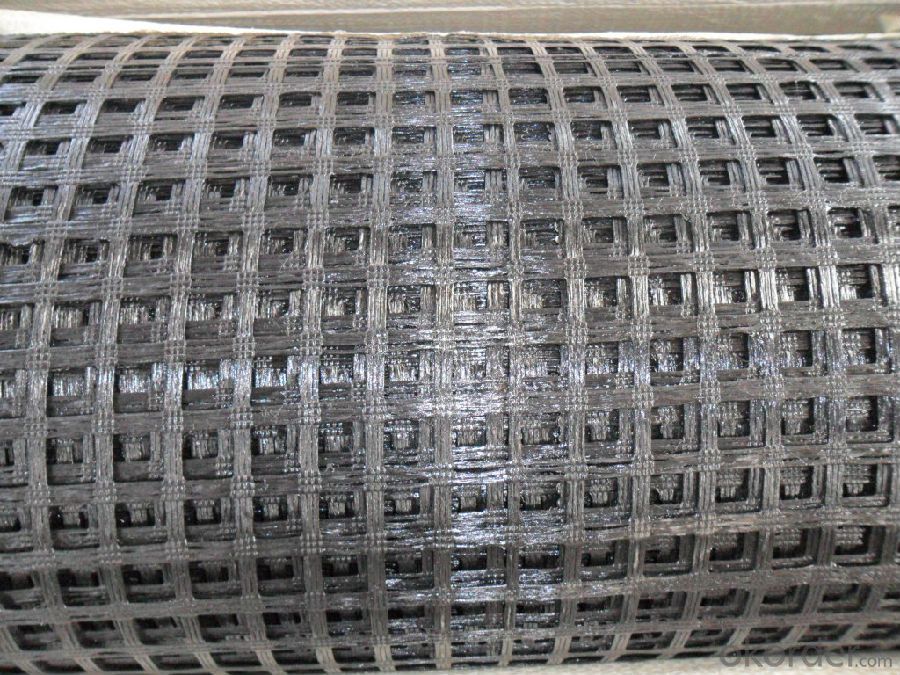

FAQ of Fiberglass Geogrid Used for Soil Reinforcement:
1. What are we supplying?
We are specialized in producing Geosynthetic materials, like Geogrid Series, HDPE Geocell, Geonet, Geotextile, Geomat, Tri Denmensional Composite Grainage Geonet, and Geomembrane Series.
.
2. How Many years experience do we have?
We have been exported to more than 20 countries in the past 15 years.
3. How long do we usually reply your request?
We always reply our customer within 24 hours.
- Q: Are geogrids resistant to chemical leaching?
- Yes, geogrids are generally resistant to chemical leaching. They are designed to withstand exposure to various chemical substances without significant degradation or leaching, making them suitable for applications where chemical resistance is required.
- Q: What are the factors that affect the installation quality of geogrids?
- There are several factors that can affect the installation quality of geogrids. Some of the key factors include the proper selection and preparation of the subgrade, accurate placement and alignment of the geogrid, appropriate tensioning and anchoring of the geogrid, and the overall construction practices followed during installation. Additionally, factors such as weather conditions, soil type, and site-specific requirements can also impact the installation quality of geogrids.
- Q: How do geogrids prevent lateral spreading of soil?
- Geogrids prevent lateral spreading of soil by providing tensile strength and reinforcement to the soil, effectively increasing its stability and preventing it from shifting or sliding laterally.
- Q: Can geogrids be used in slope stabilization for mining waste dumps?
- Yes, geogrids can be used in slope stabilization for mining waste dumps. Geogrids are commonly used in civil engineering projects to reinforce and stabilize slopes. By incorporating geogrids into the design and construction of mining waste dumps, the stability of the slopes can be improved, preventing potential slope failures and reducing the risk of environmental hazards.
- Q: I asked what the raw materials needed for the production were, for example, what the green mesh was made of
- The single belt is formed by the longitudinal and horizontal spacing or the clamping arrangement, and the welding joint is formed by adopting the welding technology of special strengthening bonding to weld the joint. The use of polyethylene production by Seiko weaving. Color usually green or blue.
- Q: Can geogrids be used in foundation stabilization?
- Yes, geogrids can be used in foundation stabilization. They are commonly used in civil engineering and construction projects to reinforce soil and improve the stability of foundations. Geogrids are typically installed horizontally or vertically within the soil to distribute loads and prevent soil movement, thereby enhancing the overall stability and performance of foundations.
- Q: How do geogrids improve the stability of shorelines?
- Geogrids improve the stability of shorelines by providing reinforcement and preventing soil erosion. They are typically placed beneath the soil surface, acting as a stabilizing layer that distributes the applied loads and helps prevent the soil from sliding or slumping. Geogrids also enhance the cohesion between soil particles, increasing the overall stability of the shoreline and resisting the forces of waves, currents, and tides.
- Q: What is the overlap length of the two-way geogrid? What is the overlap length of geotextiles?
- The double lap length is 50cm
- Q: See details of the application of design code for railway embankment geosynthetics TB10018-2006
- See details of the application of design code for railway embankment geosynthetics TB10018-2006
- Q: What is the minimum net size of geogrid mesh center?
- WhaThis depends on the material, the grid size of different materials is different, fiberglass and polyester because it is prepared, so the smallest mesh size, plastic medium, the largest steel and PP welding.t is the minimum net size of geogrid mesh center?
Send your message to us
Hanes Geogrids Fiberglass for Soil Reinforcement
- Loading Port:
- Qingdao
- Payment Terms:
- TT OR LC
- Min Order Qty:
- 50000 m²
- Supply Capability:
- 2000000 m²/month
OKorder Service Pledge
OKorder Financial Service
Similar products
Hot products
Hot Searches
Related keywords
